After several years using Canon digital cameras, in 2008 I bought an Olympus XA on eBay. I felt in love immediately with this compact and beautiful camera. Returning to film photography was a great satisfaction that motivated me to make pictures everyday. But after two years and many rolls of film, I was seduced by Panasonic’s GF1 and the tiny 20mm 1.7. Having autofocus again felt really great!
This year during a trip to Costa Rica, a friend lend me his Olympus mju-II for a few shots. It was like going back to my old days with my XA but now with autofocus a compact flash and a spot mode that I found very useful. Of course when I returned home I bought one. I have shot several rolls by now, all color film. I enjoy doing portraits, especially because it’s so small and unobtrusive that people don’t take it very seriously, so using it with strangers or in the streets is not a problem. I read somewhere that the camera, if possible, uses the diaphragm wide open at 2.8, so usually I get a nice out of focus background in my pictures.
Definitively this is my all day carry around camera. Next week I will try it with some 1600 ASA film.
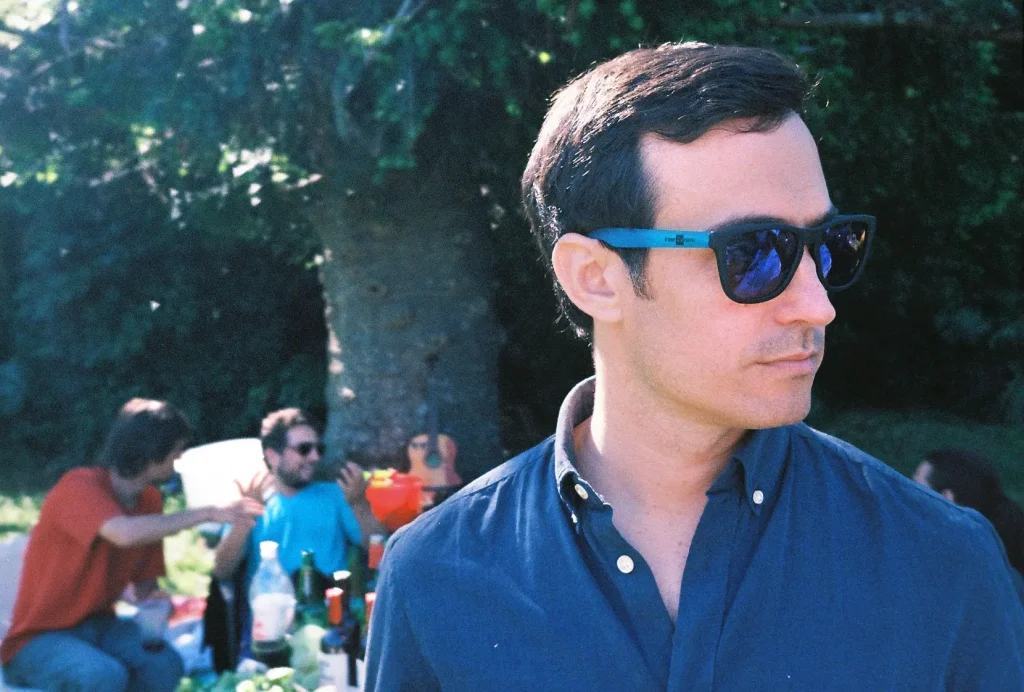
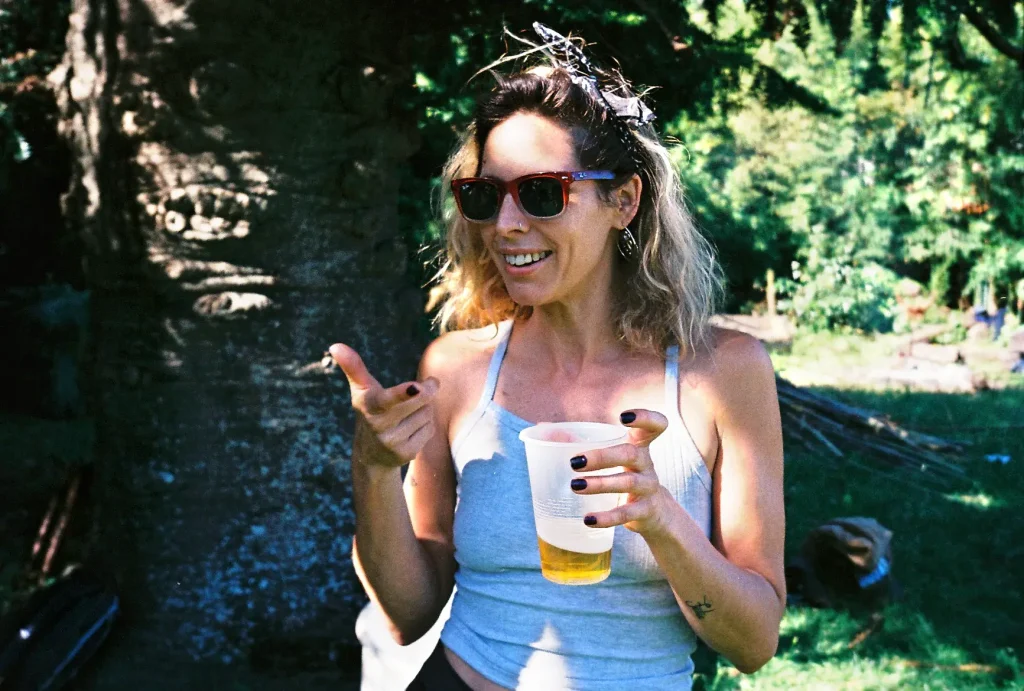
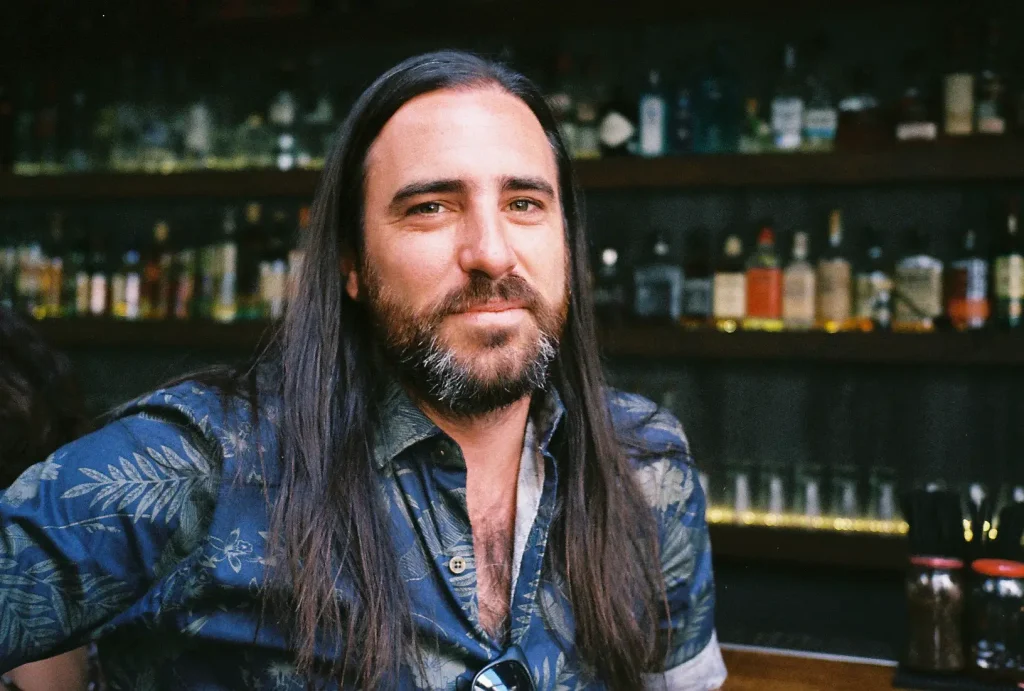
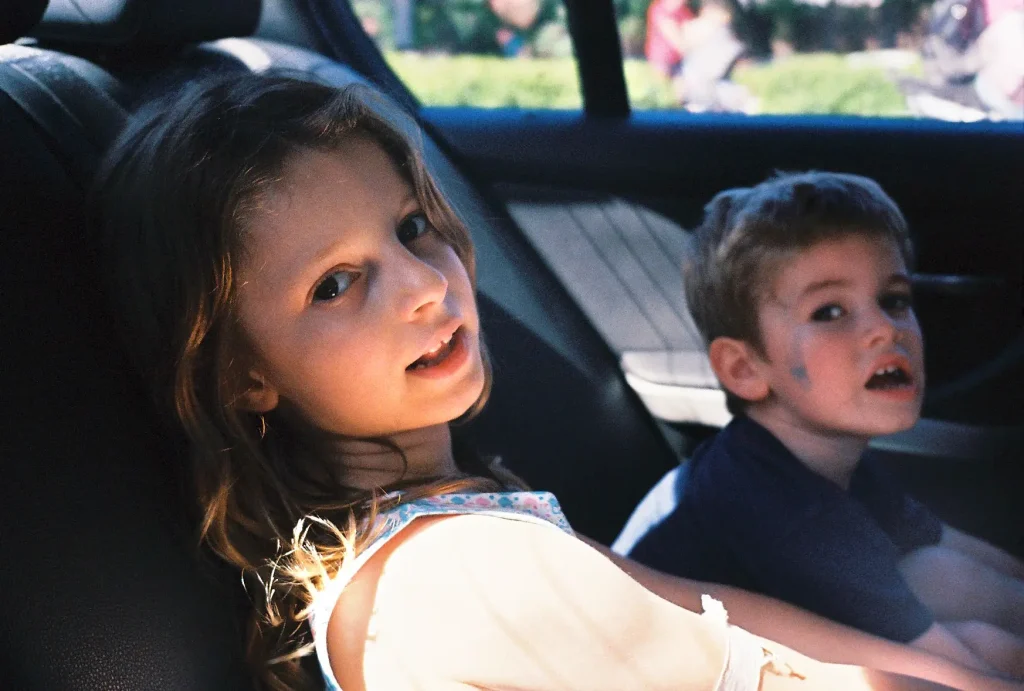
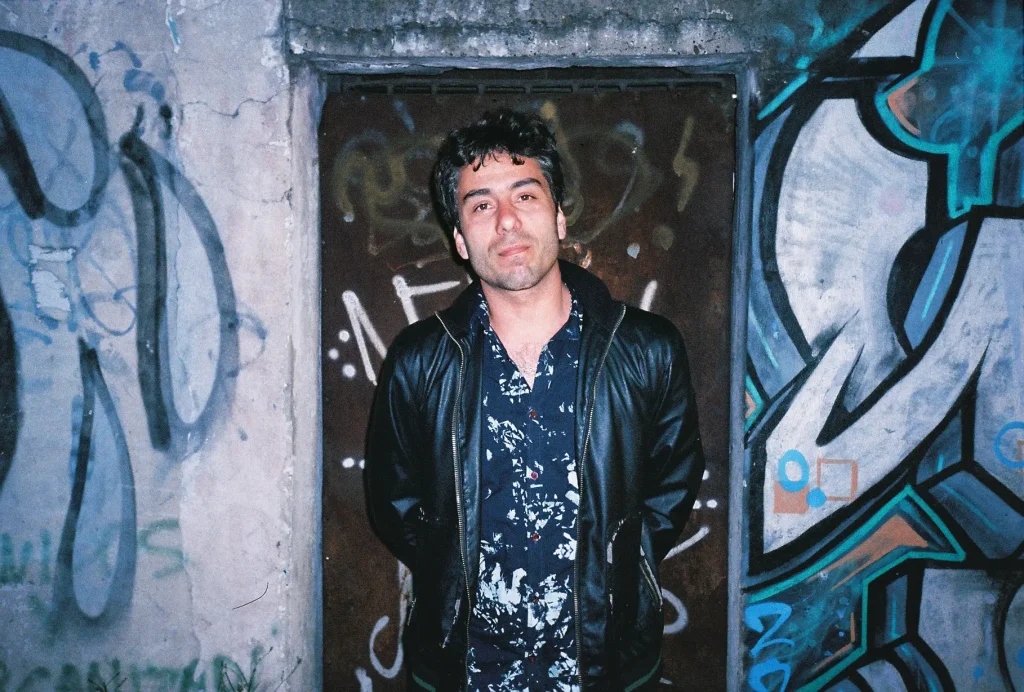
Francisco Varone is a film director and script writer from Buenos Aires, Argentina.
Instagram: @panchovarone
Share this post:
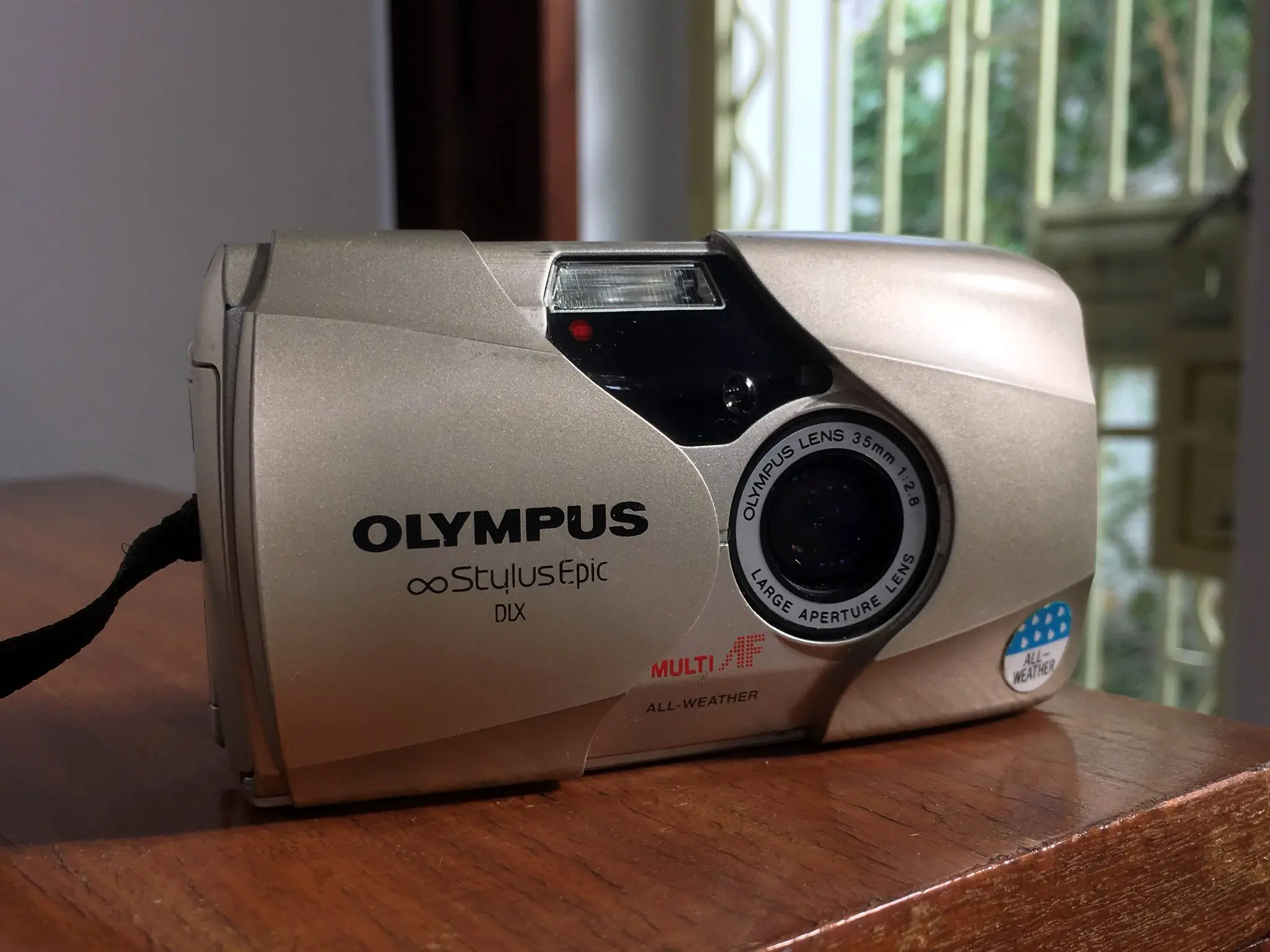
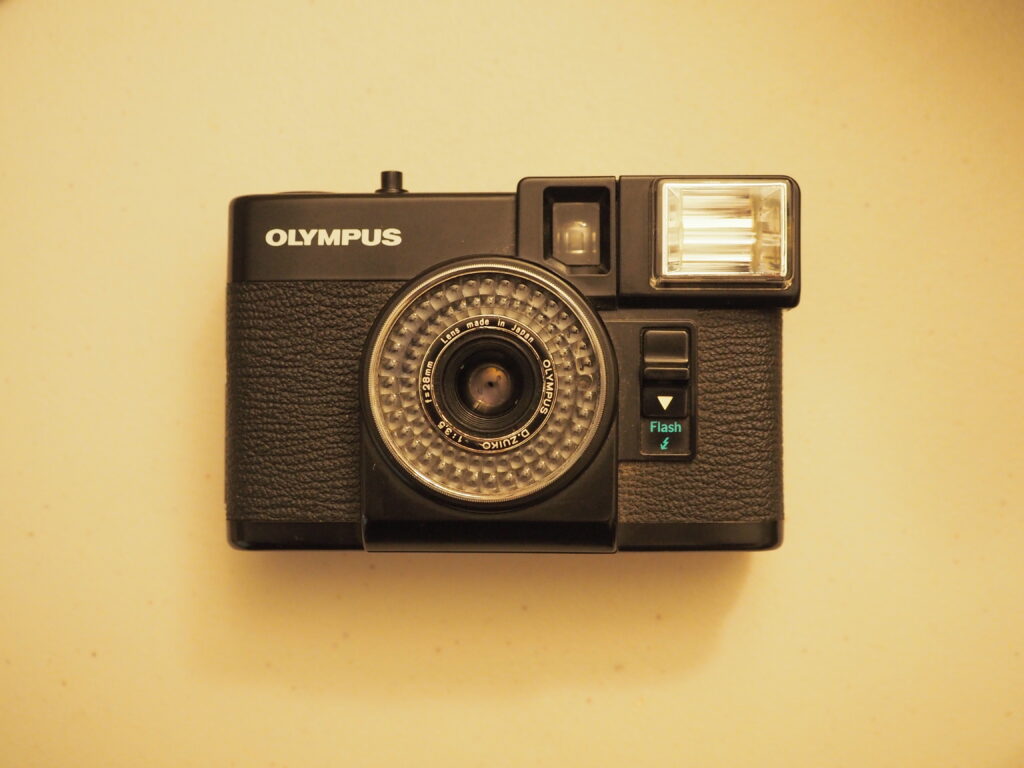
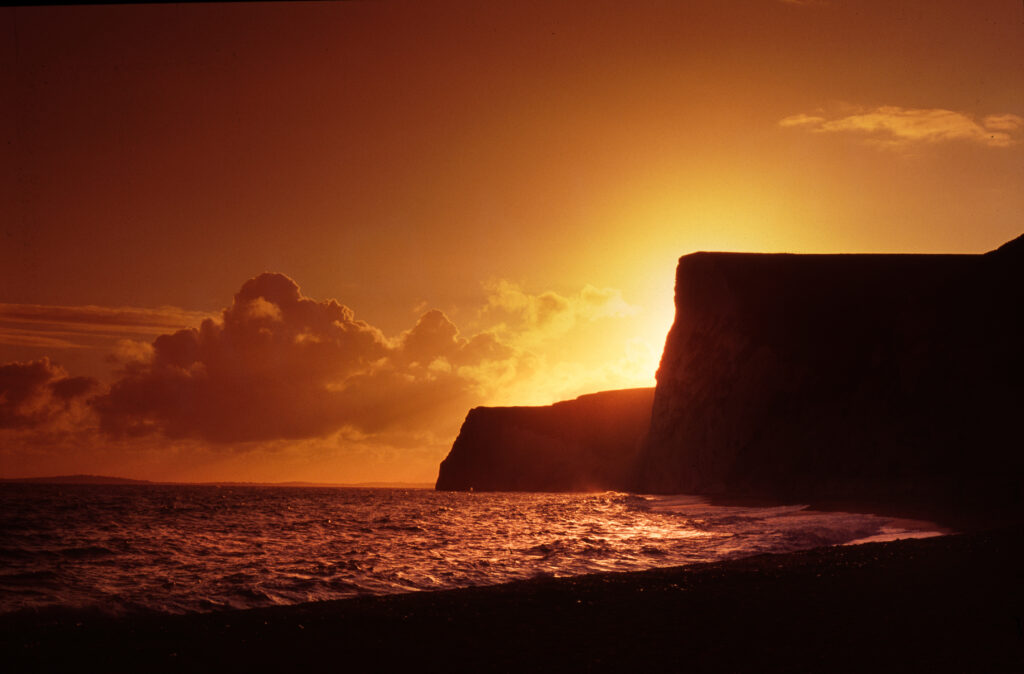
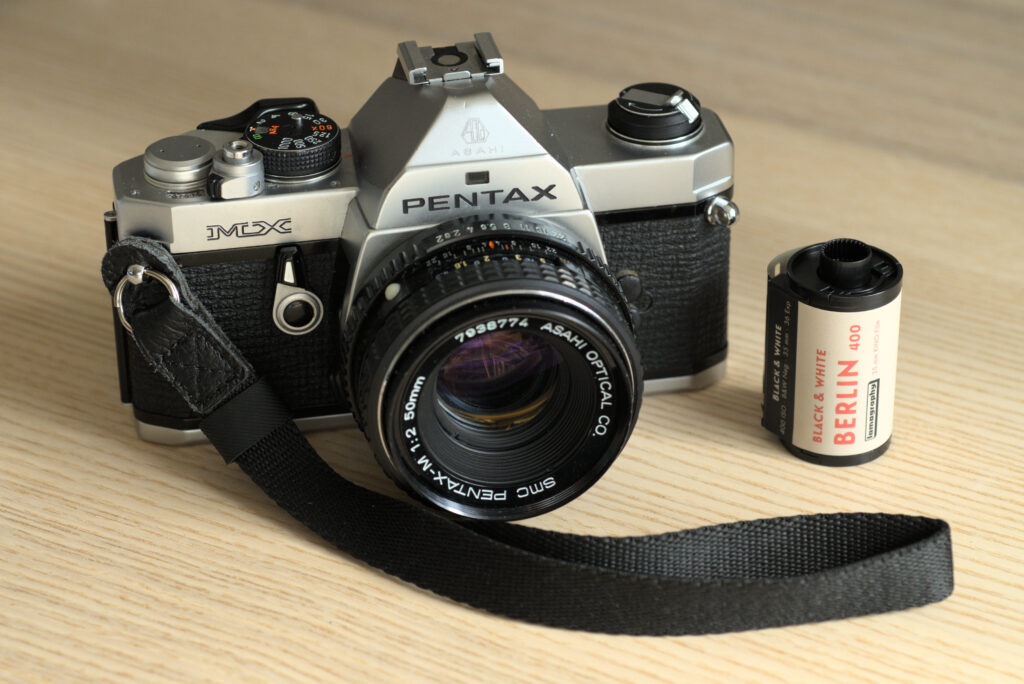
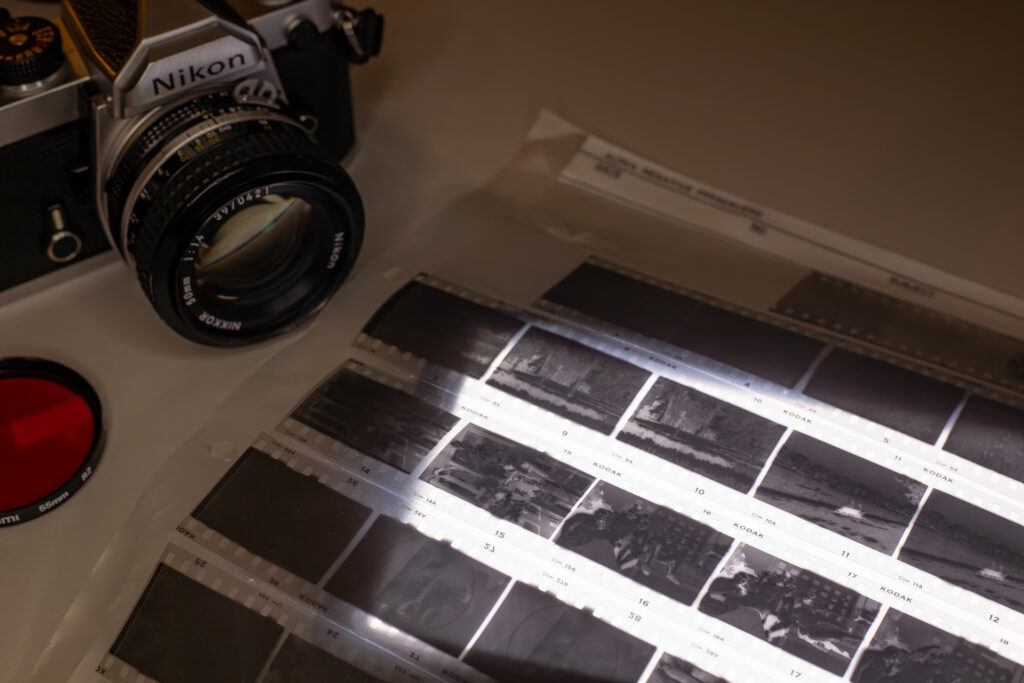
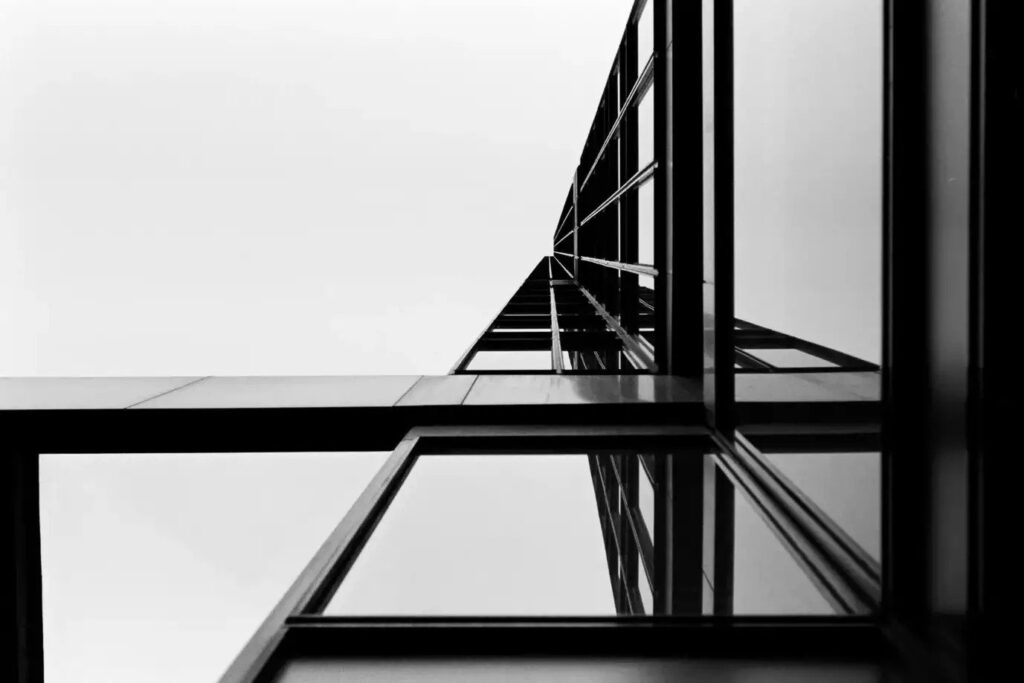
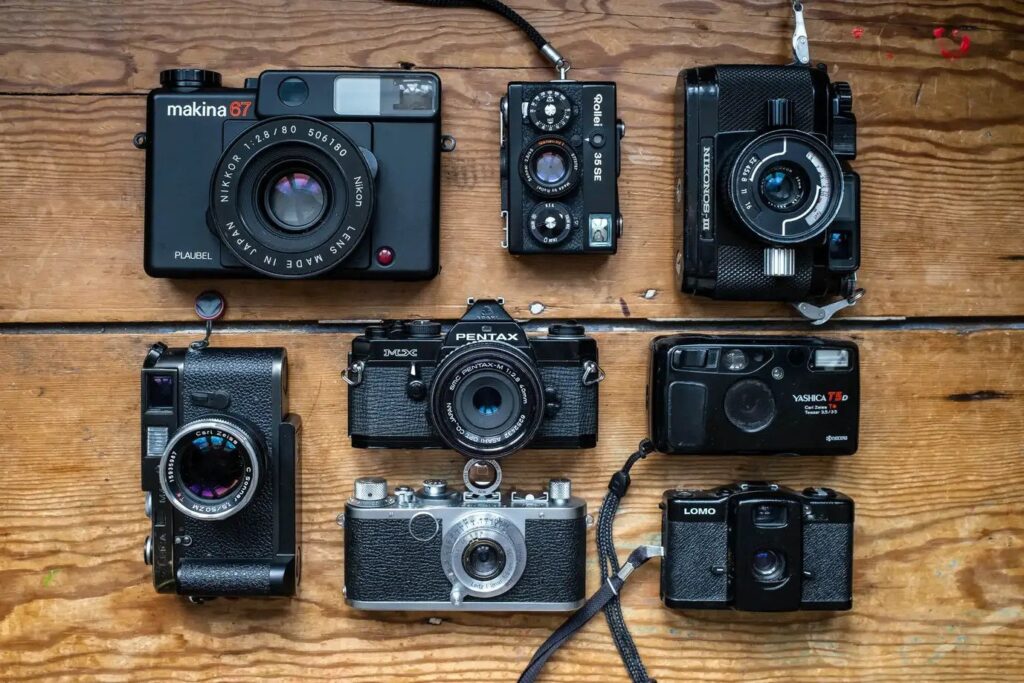
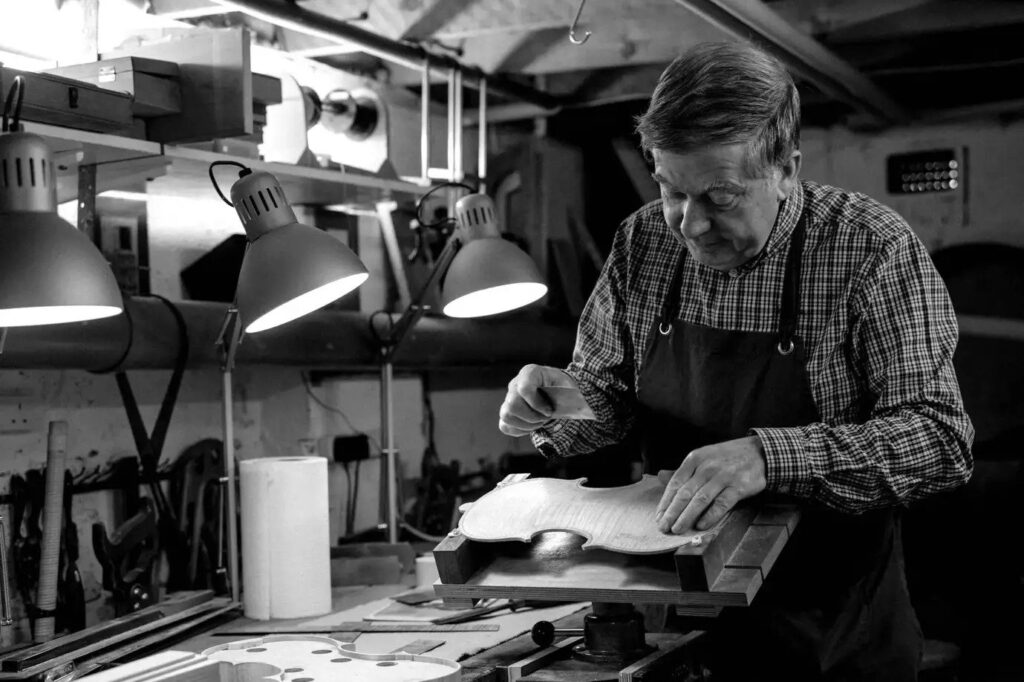
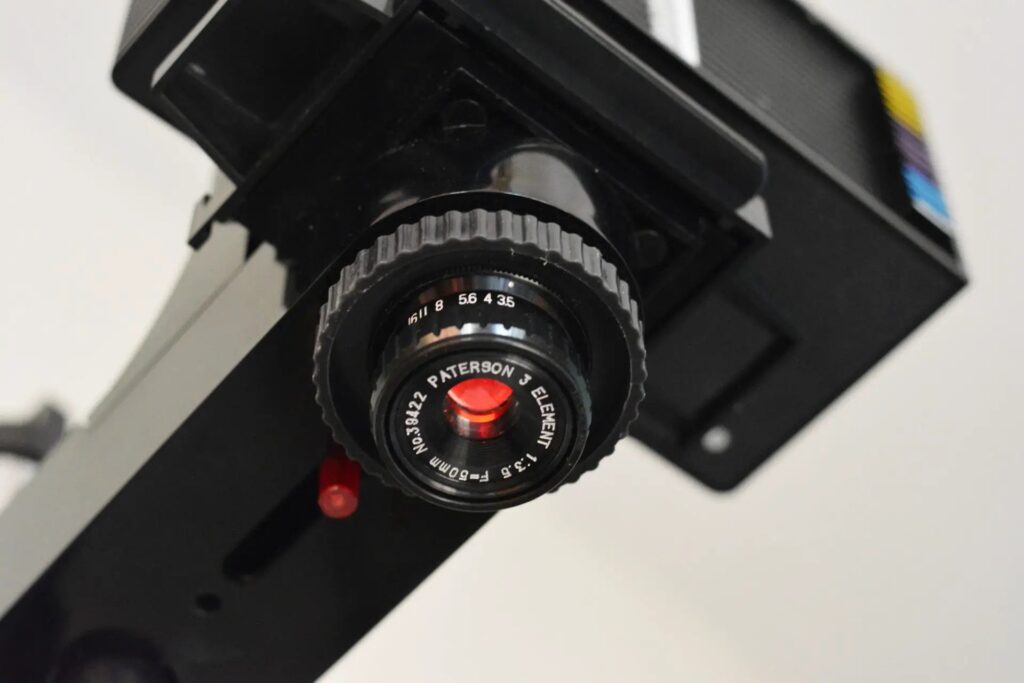
Comments
Terry B on 5 frames with a the Olympus mju-II – by Francisco Varone
Comment posted: 15/02/2018
Regarding what you've read about the camera setting f2.8, I'm fairly sure that this was a reference how auto exposure works in this type of camera in program mode. The brightest light it can record will be its smallest aperture combined with its fastest shutter speed. At the opposite end of the spectrum, it will be f2.8 combined with its slowest shutter speed. However, if this was a linear relationship, shutter speeds would get too slow to hand hold even before the camera reached f2.8, so by programming the exposure, for part of the exposure range there is a correlation with slower speeds and wider apertures, but the camera is designed to get to f2.8 first and when the shutter speed is around 1/60 to 1/125, thus promising more successful hand-held shots. In the original instruction manual you may well find a graph showing the program bias for you camera.
Comment posted: 15/02/2018
Dave on 5 frames with a the Olympus mju-II – by Francisco Varone
Comment posted: 16/02/2018
Comment posted: 16/02/2018
Blinx on 5 frames with a the Olympus mju-II – by Francisco Varone
Comment posted: 17/02/2018
For more conventional P&S situations I prefer my XA3 to my MjuII. There's no lag, and I can choose which zone to focus on. When shooting layers this is important, as autofocus locks of this era locks on to whatever's in the middle of the frame which isn't always the main subject.